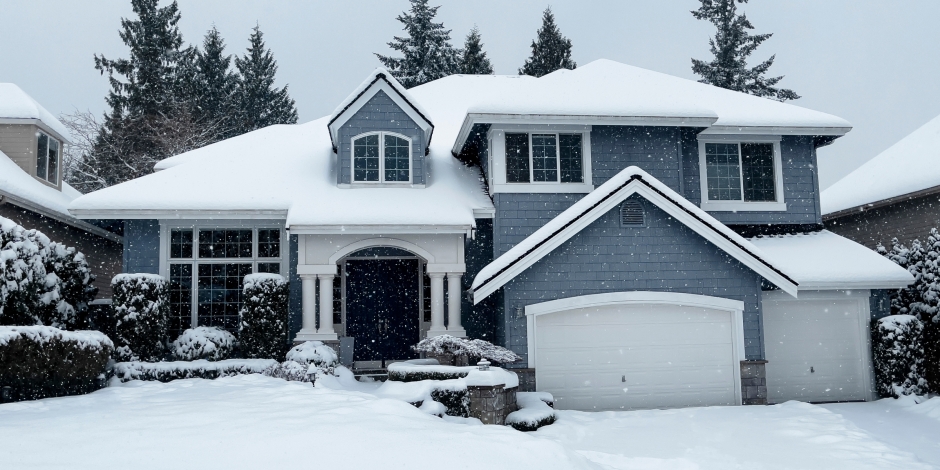
When you start to prepare your Westchester or Bedford home for winter, you should schedule a furnace tune-up and make sure your pool is closed up carefully. These are important tasks to take care of before the snow comes, but there’s one thing many homeowners miss when they’re getting ready for winter: their home’s building envelope.
A tight building envelope is the key to a warm home in the winter. Today, we’re going to talk about what a building thermal envelope is and how you can make sure your home’s envelope is ready for freezing temperatures.
What Is a Building Envelope?
Your building envelope (also referred to as a thermal envelope) is what separates your conditioned living spaces from the unconditioned parts of your home and the outside. It includes your foundation, walls, windows, exterior doors, insulation, and your attic floor or roof. Your building envelope provides structure to your home, and it also helps control indoor temperatures, humidity levels, and air quality.
A Tight Building Envelope Can Save You Money
With energy costs skyrocketing out of control, we’re all looking for ways to save money on our energy bills this year. Tightening up your home’s building envelope is one of the best ways to do so.
A tight building envelope includes insulation and air sealing to keep heat trapped inside your home during the winter. By installing proper insulation and air sealing your house, you’ll be able to reduce the amount of heat that escapes your home so you can run your heating system less frequently and save money on your energy bills without sacrificing comfort.
Your Building Envelope Affects Your Home’s Health
Tightening up your home’s building envelope with insulation and air sealing doesn’t just improve energy efficiency—it also makes your home healthier. When you have a tight envelope, you have better control over the air that comes into your home. This means outdoor contaminants and pollutants can’t get in and hurt your indoor air quality. Your envelope also helps keep indoor temperatures and humidity levels in check which reduces the risk of harmful mold and mildew growth.
Can You Make a Home Too Tight?
When we talk to homeowners about tightening up their envelopes, we often get questions about whether a house can be too tight. The answer is no—a house can never be too tight, as long as it is properly ventilated.
When you seal a house tightly, outside air is not able to get in through leaks in the home’s exterior. This is a good thing, because it stops unfiltered, unconditioned air from entering your living spaces. But in order to keep your indoor air fresh, you need to have enough ventilation. A whole-home ventilation system allows you to bring clean, filtered, and conditioned air into your living spaces so you can keep your breathing air fresh and healthy and prevent stale air in your home.
Find the Best Whole-Home Solutions for Comfort, Health & Energy Savings
If you want a tight building envelope for a warm home and lower energy costs, you need to understand the state of your current envelope first. That’s why, at Healthy Home Energy & Consulting, we start with a Whole Home Evaluation. Our Whole Home Evaluation includes a thorough evaluation of your home’s insulation and air sealing as well as your air filtration system, combustion appliances, and more. This gives us an overview of your home’s performance so we can recommend a whole-home solution that will have the greatest impact on your home’s comfort, health, and energy efficiency.

